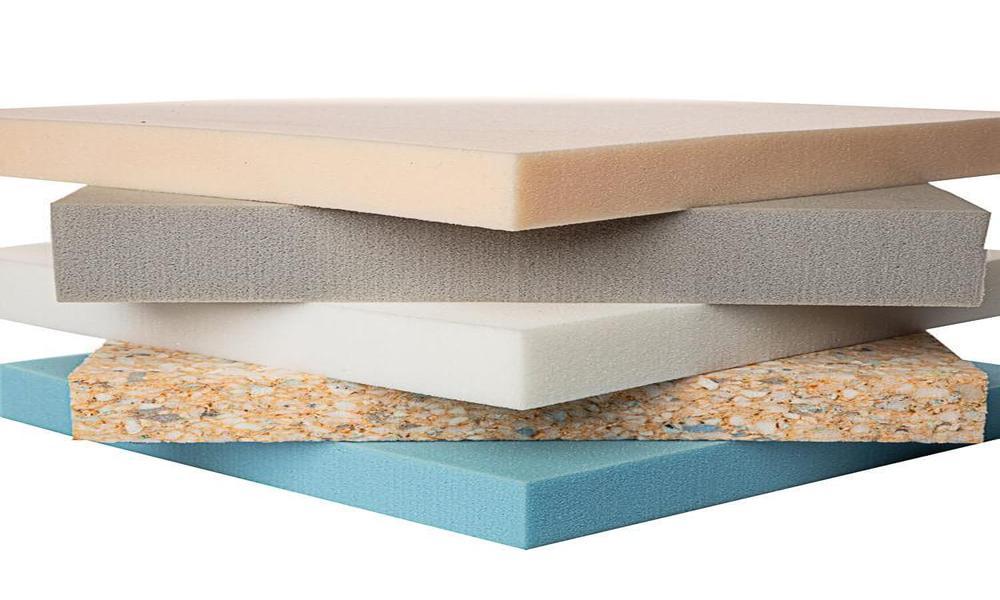There are several reasons why foam filling is a popular choice for furniture manufacturers and consumers alike:
Comfort and Durability:
Foam filling provides a comfortable and supportive cushion for furniture, making it an ideal choice for seating and bedding applications. The level of comfort can be adjusted by selecting the appropriate density and firmness of the foam. Foam filling is known for its durability and can withstand regular use over an extended period without losing its shape or resilience. This makes it a popular choice for furniture that is expected to last for years.
Customization and Cost-effectiveness:
Foam filling can be easily cut and shaped to fit specific furniture designs and dimensions, allowing for greater customization and flexibility in furniture design. Foam filling is often more cost-effective than other types of cushioning materials, such as down or feathers.
Health and safety:
Foam filling can be manufactured without the use of harmful chemicals and is often considered a safer and healthier option for furniture cushioning.
HOW LONG DOES FOAM FILLING LIVE?
The lifespan of foam filling can vary depending on several factors, such as the quality of the foam, the density of the foam, and the amount of use the furniture receives.
Generally speaking, high-quality foam filling can last for 7-10 years or even longer with proper care and maintenance. However, the lower-quality foam may start to break down or lose its shape in as little as 1-2 years. It’s important to note that foam filling can also be affected by environmental factors, such as temperature and humidity. Exposure to extreme temperatures or moisture can cause the foam to deteriorate more quickly.
To prolong the lifespan of foam filling, it’s important to choose high-quality foam and to properly maintain and care for the furniture it’s used in. Regularly rotating cushions and cleaning spills promptly can help prevent damage to the foam filling. Additionally, keeping furniture out of direct sunlight and avoiding exposure to extreme temperatures and moisture can help prevent the premature breakdown of the foam filling.
HOW MUCH DOES THE COMPRESSIVE STRENGTH OF FOAM FILLING?
The compressive strength of foam filling can vary depending on the type of foam used and its density. Typically, foam filling used in furniture can have a compressive strength ranging from 1.5 to 3.0 pounds per cubic foot.
However, it’s important to note that compressive strength is just one factor to consider when choosing foam filling for furniture. Other factors, such as density, durability, and comfort, also play a role in determining the overall quality and performance of foam filling.
When choosing foam filling for furniture, it’s important to consider the specific needs and requirements of the piece. For example, furniture used in high-traffic areas may require a more durable and resilient foam filling to withstand wear and tear over time. Similarly, furniture used for seating may require a foam filling that provides both support and comfort.

